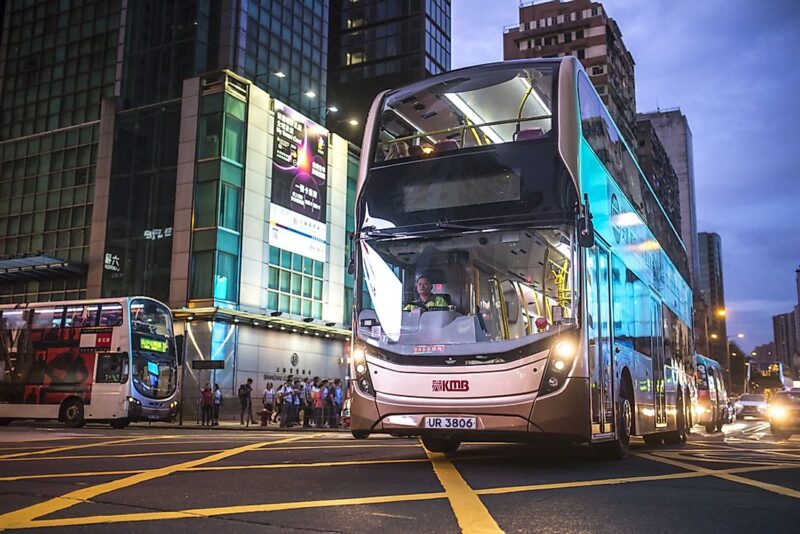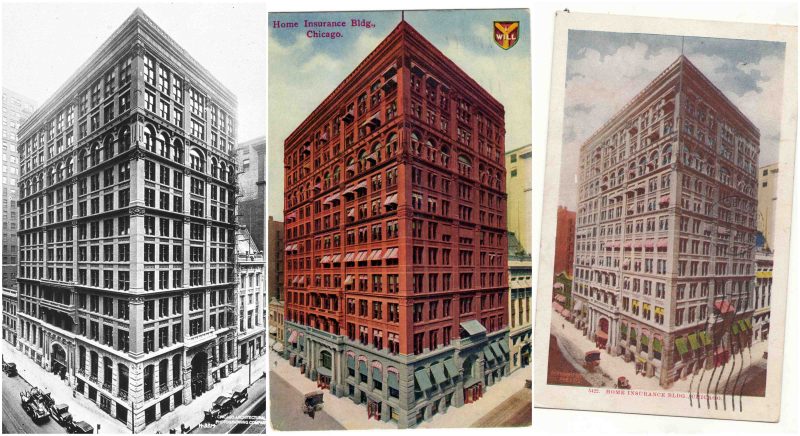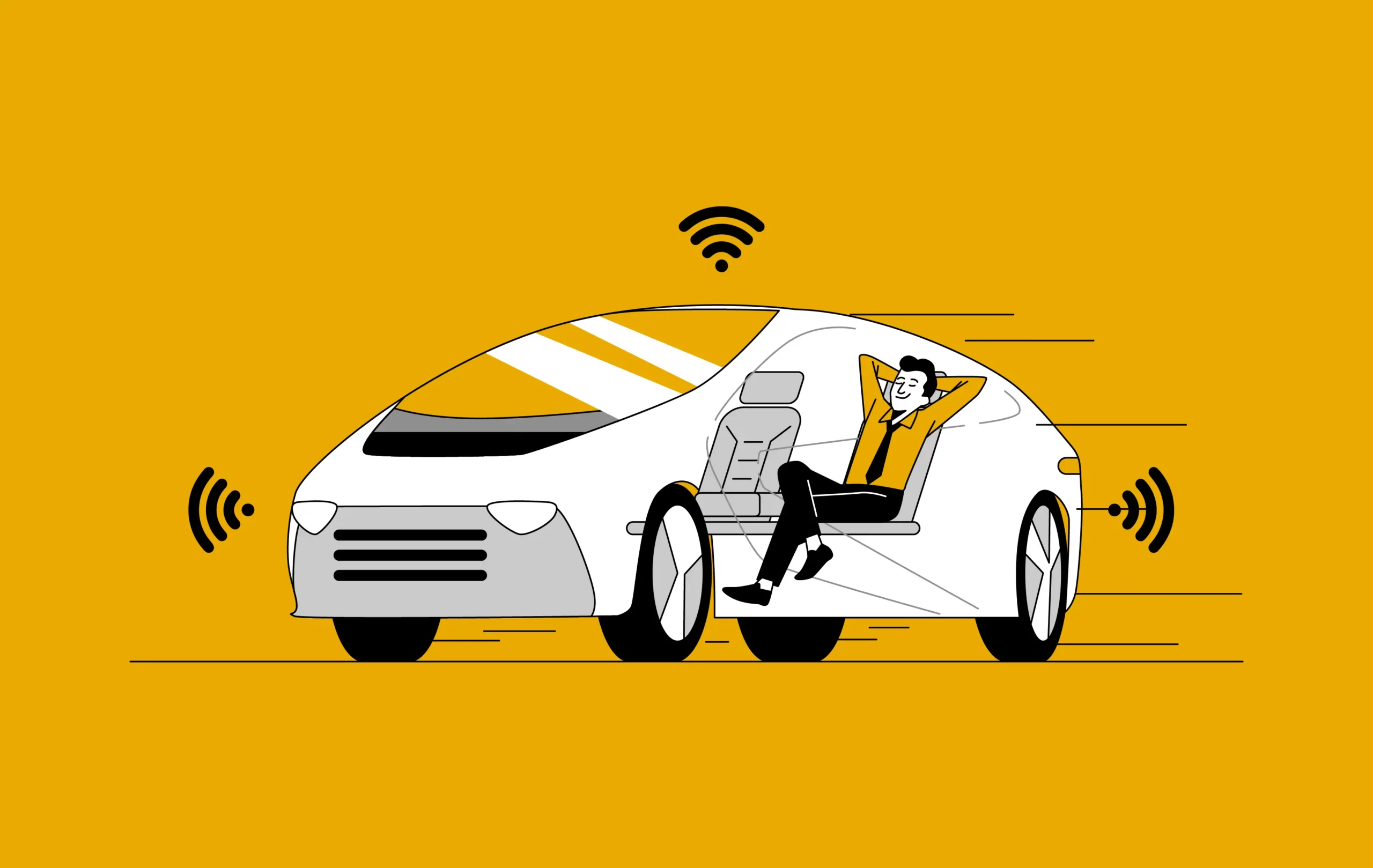If you work in mobility, you’ve probably noticed the countless rankings for the best public transport systems worldwide.
It seems like there are almost as many rankings as cities on Earth.
Many travelers share their thoughts about cities with great public transit on their blogs or travel platforms, and there are likely numerous posts on the topic.
For this article, however, I decided to rely on a more trustworthy and reputable source MYSELF, and my experience and expertise.
8. Paris, France
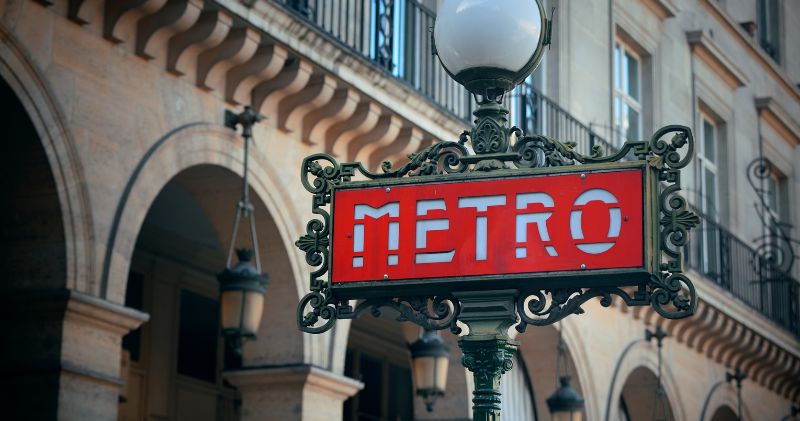
Paris consistently scores high for its public transportation system, and it’s easy to see why. The network is extensive, affordable, and seamlessly woven into the city’s fabric.
Most Parisians live close to a station, thanks to the dense network of metros, trams, and the RER (Réseau Express Régional) serving both the city center and surrounding regions.
A single ticket is very cheap, costing only about 18% of the price of a daily meal.
This is much lower than in other big cities, making public transport a budget-friendly choice for both residents and visitors.
Many metro stations in Paris have unique architectural styles, turning commutes into mini journeys through the city’s rich history and artistic heritage.
7. Tokyo, Japan
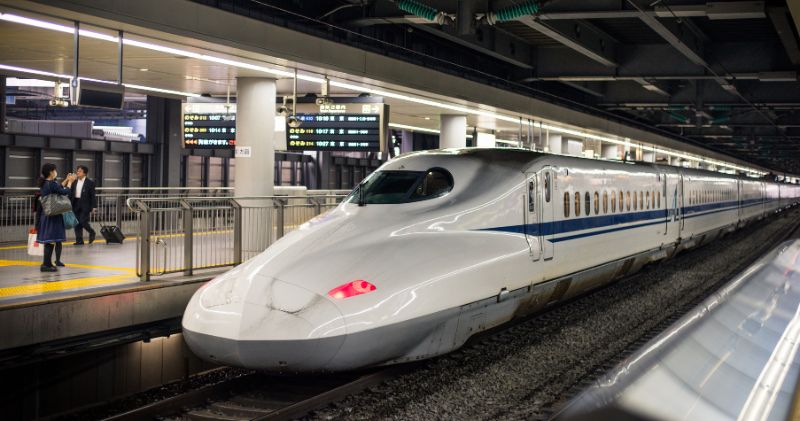
Tokyo’s mass transit system is world-famous for its extensive urban rail network, which is the most comprehensive system of suburban trains and subways on the planet.
Complemented by buses, trams, and monorails, it offers frequent service and remarkable punctuality, ensuring commuters experience on-time departures.
Moreover, Tokyo’s transit system seamlessly connects with Japan’s high-speed rail network, including the Shinkansen bullet trains.
This integration makes travel convenient and easy for both residents and visitors.
6. Oslo, Norway
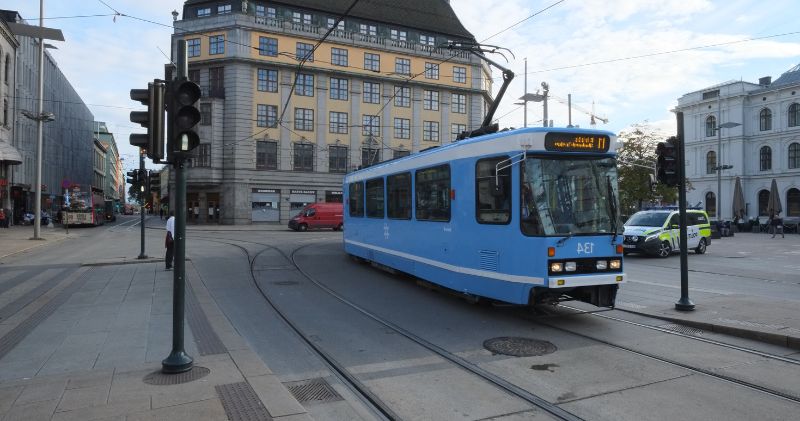
Oslo boasts a well-developed, modern transportation system that makes getting around the city a breeze.
Whether you prefer walking or biking, you won’t have to go far to reach a transit option.
Public transportation in Oslo is quite affordable, costing only 28% of the daily expense for food.
This is significantly cheaper than parking, which costs about 56% of the daily food expense, making public transport a more economical choice.
Looking ahead, Oslo is preparing for new technologies like self-driving cars and Mobility as a Service (MaaS), which are set to revolutionize urban travel.
Ruter, the company responsible for public transportation, commissioned a study to explore the potential impacts of autonomous vehicle (AV) adoption.
Together with COWI, a Scandinavian consulting firm, PTV developed a traffic model for the Oslo and Akershus region to support future mobility scenarios.
5. Helsinki, Finland
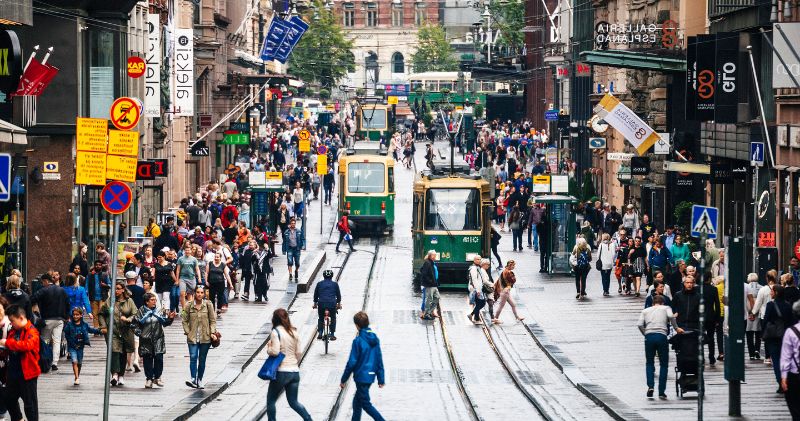
Helsinki stands out for its extensive car-free zones and high market share of electric vehicles, which contribute to superior air quality and low levels of noise and light pollution.
The capital of Finland boasts an excellent public transit network that serves every neighborhood in the region.
Even those living far from the city center can get around easily without a car. The multimodal public transportation system includes buses, trams, metros, commuter trains, and ferry services, which is typical for a Nordic country.
4. Singapore
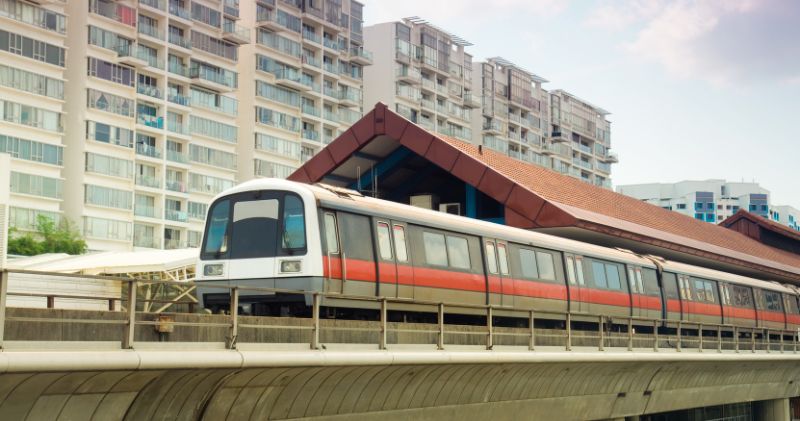
Much like Hong Kong, Singapore boasts an extensive MRT network that has been at the forefront of automation since 2003, making it the world’s pioneer in automated rail systems.
Today, it encompasses six lines spanning approximately 200 km, covering the entire island, including residential areas, commercial districts, and tourist attractions according to SG101.
A comprehensive bus network complements the MRT system, ensuring seamless connectivity across Singapore.
Bus services are frequent, with designated lanes to prioritize their movement during peak hours.
Singapore plans to further expand its public transportation by 2030, with the goal of having 75% of all trips made by rail or bus.
The government is committed to making it easier for people to navigate the city.
To mitigate the impact of mobility on land space and resources, Singapore is also adopting a car-lite approach.
3. Stockholm, Sweden
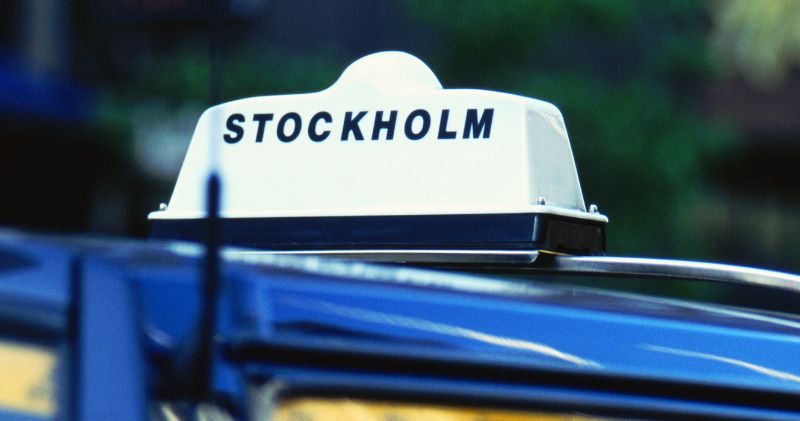
Stockholm ranks third on the list of cities with the best public transportation, thanks to its sustainable, low-emission system.
The city’s dense network seamlessly integrates metros, buses, and trams, offering excellent connections to Sweden’s national rail network.
Remarkably, since 2017, all trains and buses have run entirely on renewable energy.
Stockholm’s commitment to eco-friendly transportation goes beyond current achievements.
Their goal is to have fossil-free maritime transport by 2030 and to reduce emissions by 75% from 2009 levels. according to Smart City Sweden.
Additionally, they plan to increase energy efficiency by 15% per passenger kilometer from 2011.
Ensuring everyone can benefit from their public transportation system is paramount.
Stockholm offers an accessibility guarantee, highlighting its commitment to enabling travelers with disabilities to reach their destinations comfortably.
An additional perk for Stockholm’s public transit users?
The Stockholm metro holds the unique title of the world’s longest art gallery.
Many stations feature stunning works from various artists, transforming everyday commutes into artistic journeys.
2. Zurich, Switzerland
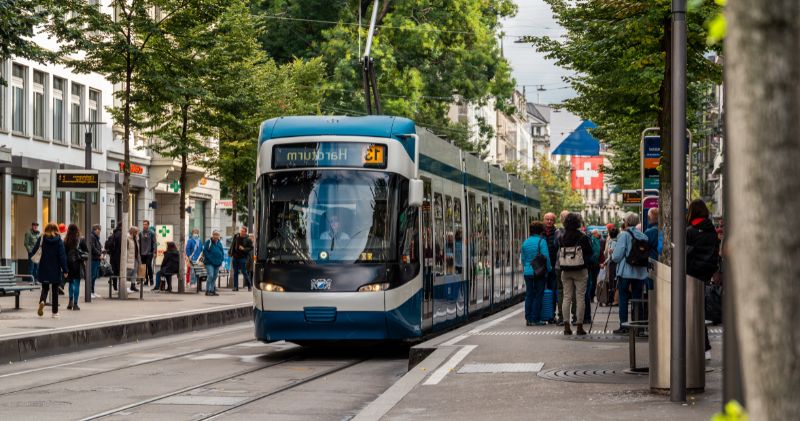
For a city with a high cost of living, Zurich offers surprisingly affordable public transportation.
The system is not only highly efficient but also ensures that a public transport station is almost always within walking distance.
The Zürcher Verkehrsbetriebe (VBZ) provides environmentally friendly and affordable public transportation to the people of Zurich and the surrounding region.
Services are available 365 days a year, for at least 20 hours a day.
VBZ is continually working to improve its services by expanding in ways that save resources and prepare for the future.
Additionally, Zurich’s public transportation system benefits from Switzerland’s exceptional rail network, operated by the Swiss Federal Railways (SBB), one of the best train systems in the world.
1. Hong Kong, China
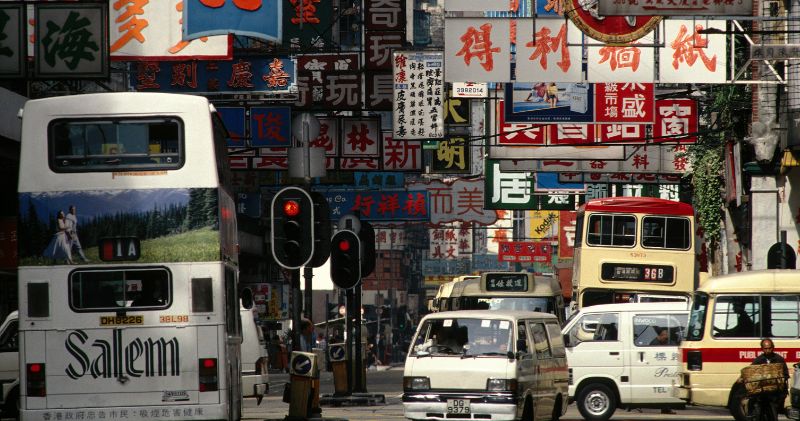
Hong Kong tops the list as the city with the best public transport system in the world. This well-developed system stands out for its affordability, high station density, and robust rail infrastructure.
Hong Kong’s MTR is one of the most advanced and densely operated metro systems globally.
Each day, the rapid-transit network facilitates the majority of the 9.7 million passenger trips. The trains run frequently, with waiting times often no longer than a few minutes, even during off-peak hours according to GOV source of Hong Kong.
The MTR seamlessly integrates with other forms of public transport, including buses, trams, ferries, and even the Airport Express, providing passengers with convenient and efficient transfer options.
Another advantage is the Octopus Card, a contactless card used for fare payment across various modes of transportation.
This makes it easy to travel seamlessly without the hassle of buying separate tickets.
Overall, the combination of reliability, accessibility, and integration makes Hong Kong’s public transit system one of the most admired in the world


